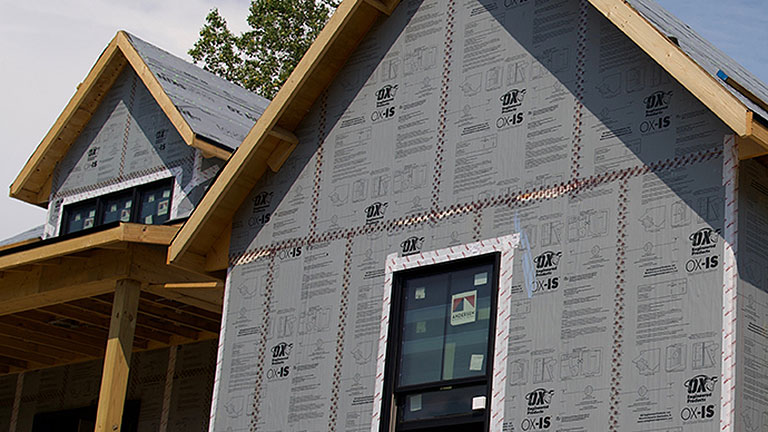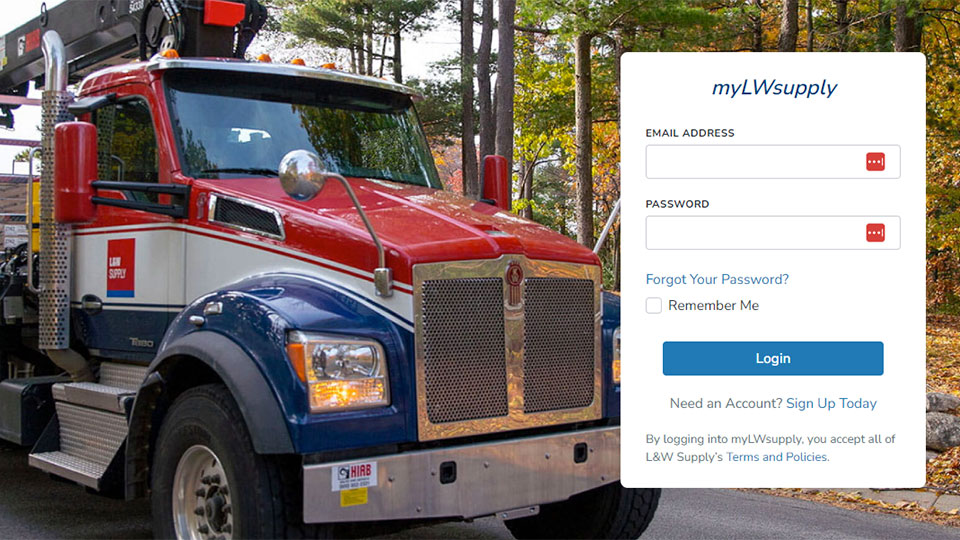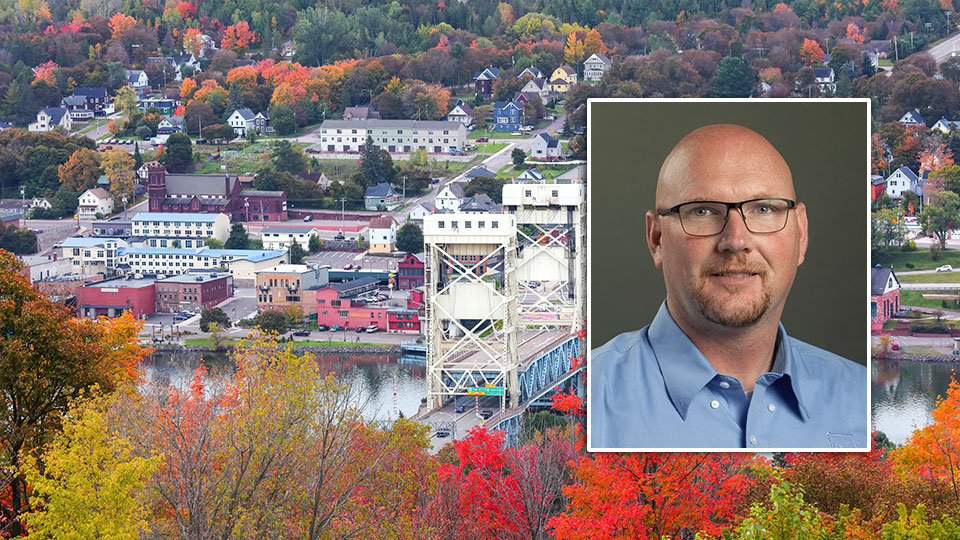
Top 3 reasons you should be using continuous (outbound) insulation on your residential projects
As with most industries, trends tend to come and go in construction. But one that started growing a decade ago and is now rapidly gaining steam is the use of continuous (or outbound) insulation.
The formally defines continuous insulation (also known as outbound insulation) as “insulation that is continuous across all structural members without thermal bridges other than fasteners and service openings.” However, we find it easier to describe it as a building’s “coat.” When you zip up your coat before heading outdoors, that layer of protection keeps body heat in. But if you unzip that coat (or don’t put one on at all), you lose much of that warmth.
Because continuous insulation does the same thing for a building as a coat does for your body, it’s not surprising that customers who want to avoid wasting money and energy choose continuous insulation materials for their projects. What is surprising? The vast majority of people who choose continuous insulation are working on commercial projects, with few using it on residential ones.
Residential customers and their builders can also benefit from putting “coats” on single-family and multifamily dwellings. In fact, these days, they have even more to gain. Here are the top three reasons you should be recommending continuous insulation for your residential projects:
- Complies with energy codes today and tomorrow
Energy codes get updated every three years, and the most recent one () has been adopted in Connecticut, Louisiana, Montana, Nevada and New Jersey. This code requires new builds in these states to have continuous insulation from climate zones 4-8 in the United States on wood frame structures.Don’t live or work in one of these states? Don’t get lulled into a false sense of security. Codes are moving toward tighter energy standards that favor continuous insulation, and that requirement is expected to spread to the rest of the country sooner rather than later. In fact, the 14 states that are currently adhering to the 2018 codes will likely be requiring continuous insulation with the next energy code review and adoption. This includes Alaska, Delaware, Florida, Hawaii, Idaho, Illinois, Indiana, Nebraska, New Mexico, New York, North Dakota, Ohio, Pennsylvania and Maryland.
- Pads your pocketbook with Inflation Reduction Act financial incentives
When the was signed into law in August 2022, it included a key incentive for builders to construct greener buildings.The 45L tax credit, which has historically been a year-to-year program, was extended through 2032. Even better, new provisions were added to increase the federal tax credit:
- Single-family builders: Receive when they meet the new energy standards – which require continuous insulation. If the home is built to requirements, the tax credit goes .
- Multifamily facility builders: Receive for meeting new energy standards and up to $1,000 per unit when certified by the DOE’s Zero Energy Ready Home program. (Builders who construct qualified multifamily homes may be eligible for a $5,000 per unit credit if they also meet .)
The tax credit applies to every builder in every state, no matter the state’s code status.When the 45L tax credit was renewed on an annual basis, few builders took advantage of it because it was difficult to justify the added expense of materials and labor if the program was going to end. Now that it has a 10-year commitment, builders can plan more effectively and implement more of the credit requirements – such as continuous insulation. - Helps your residential customers conserve energy – and money
You have probably heard the saying, “Build it right, build it tight.” That’s just a catchy way of saying that the best structures prevent air leakage and heat loss.Continuous insulation goes a long way in creating an energy-efficient home. Homeowners who are initially reluctant to spend the extra dollars on continuous insulation may change their minds when they learn those extra inches of insulation save both energy and money.That’s especially good news to the increasing number of residential customers who want to minimize their impact on the environment and want the places they live in to be sustainably constructed.

L&W ̨��SWAG Expands Order Management Tool With E-Commerce Feature
Customers can now place orders through myLWsupply CHICAGO – April 1, 2024 – L&W ̨��SWAG, a nationwide distributor of interior building materials and construction supplies, has announced that its customers now have access to enhanced e-commerce capabilities through its online order management tool, myLWsupply. The tool will now allow them to order products, see pricing, […]

L&W ̨��SWAG Announces the Opening of Its Seventh Michigan Location in Portage
Jeffrey Pettit manages the newest location CHICAGO – March 5, 2024 – L&W ̨��SWAG, a nationwide distributor of interior building materials and construction supplies, has opened a new location at 1723 Vanderbilt Ave. in Portage, Michigan. Jeffrey Pettit manages the new location. Pettit joined L&W ̨��SWAG in 2004 and has since held various positions, including […]